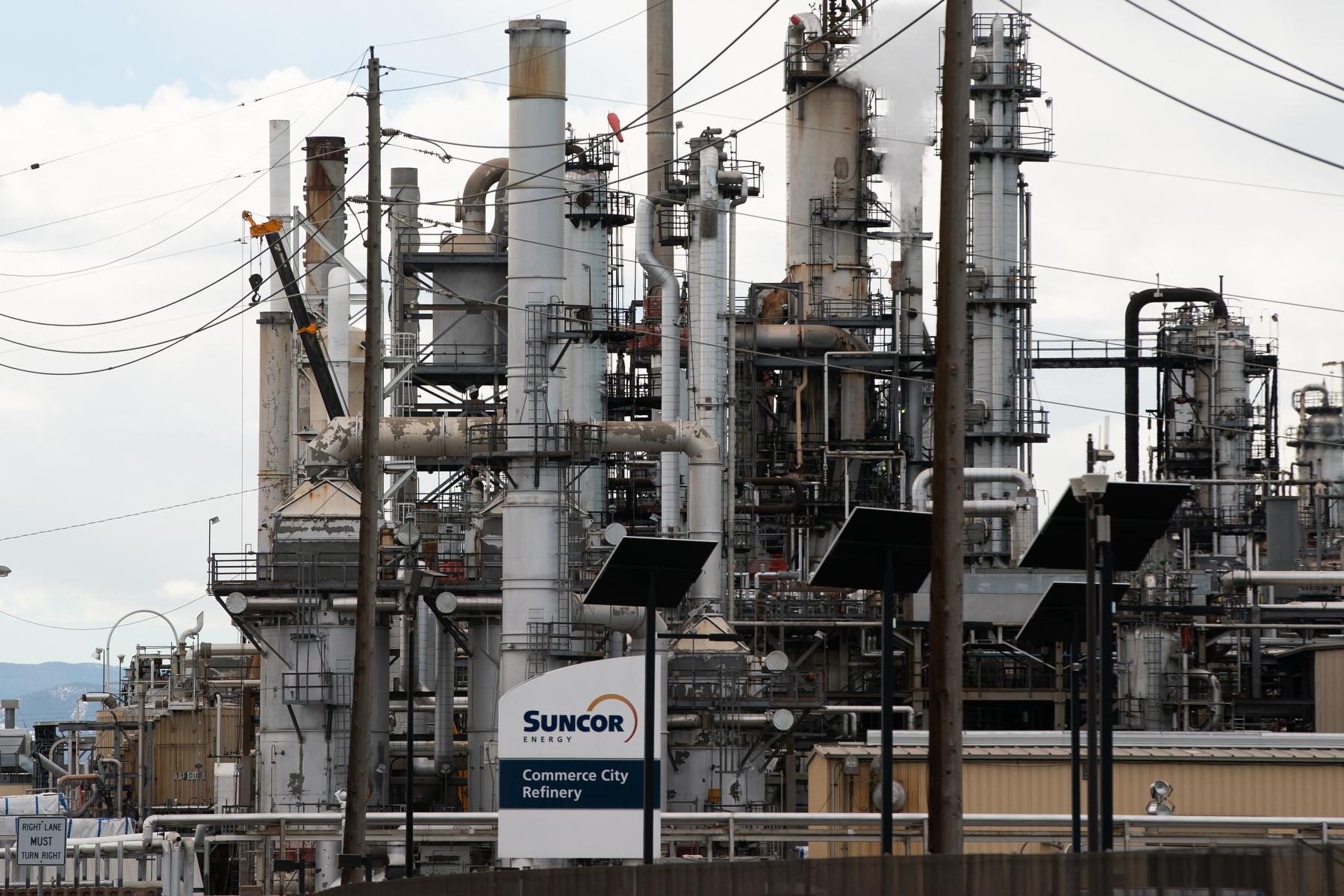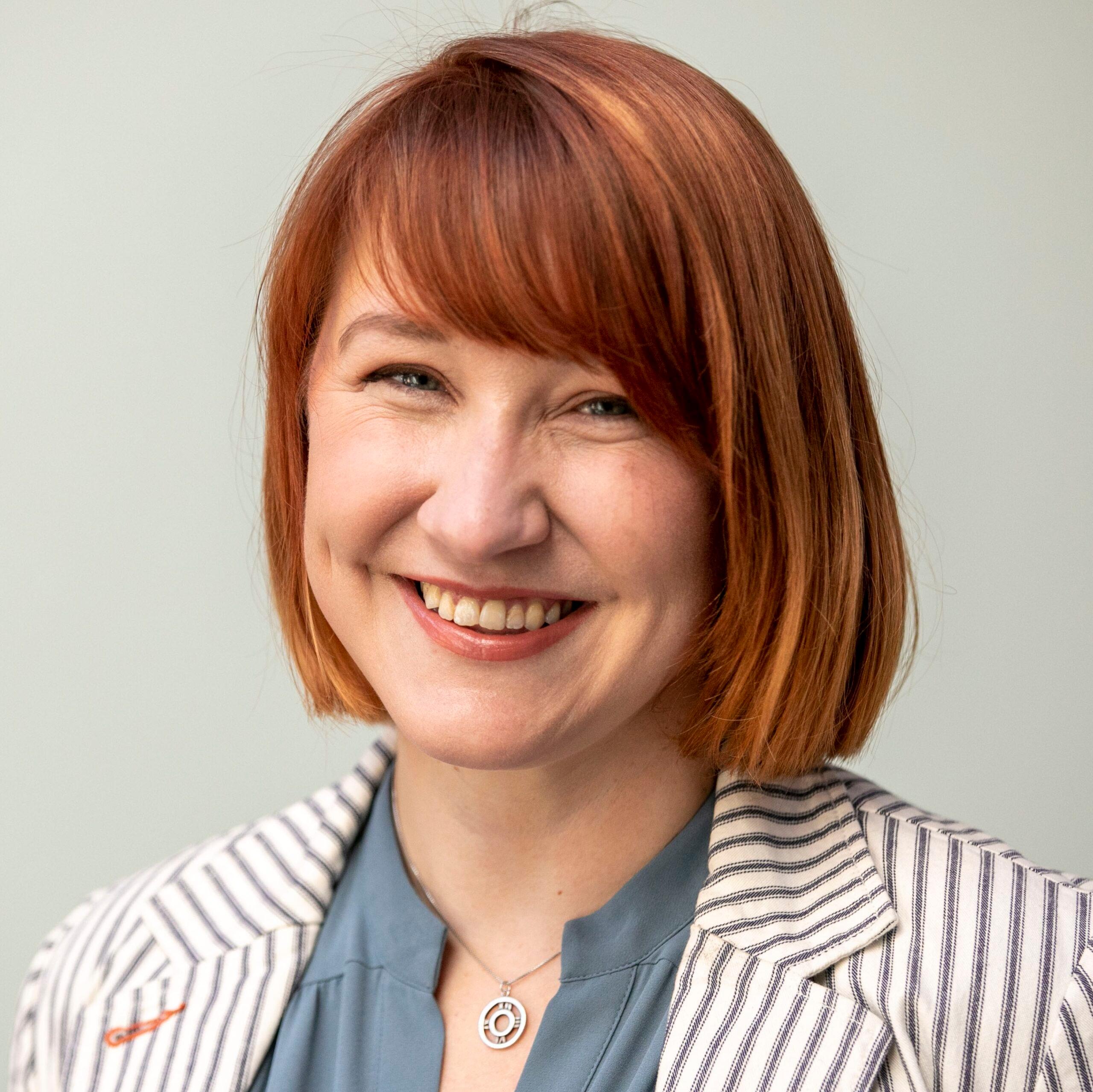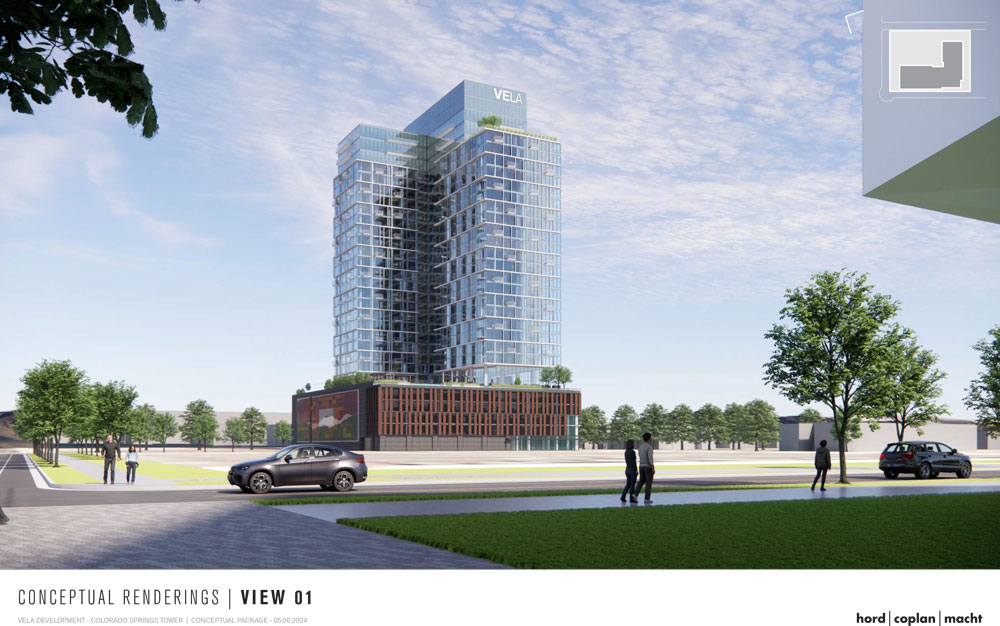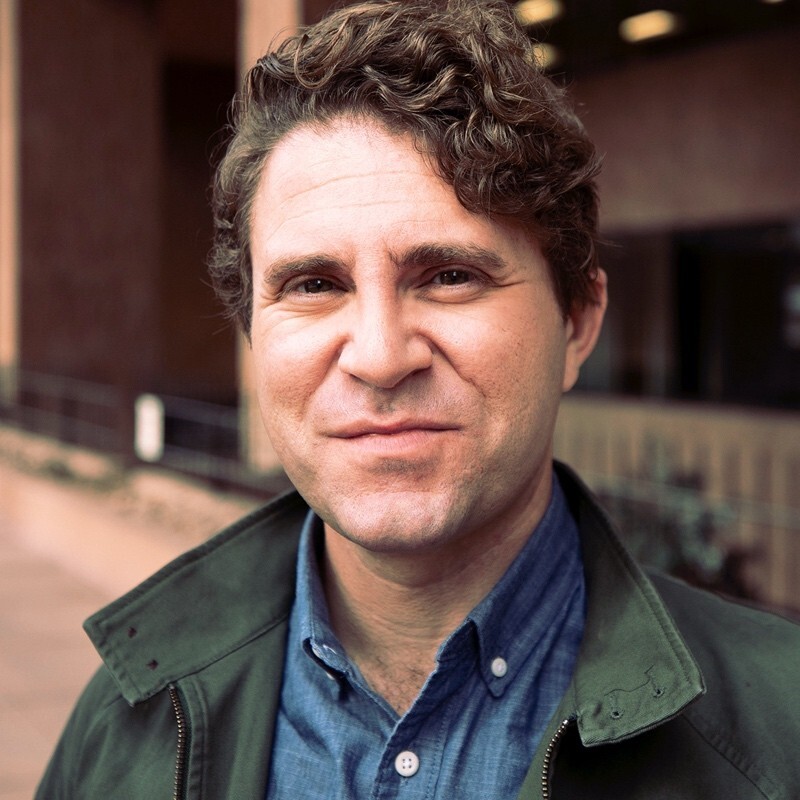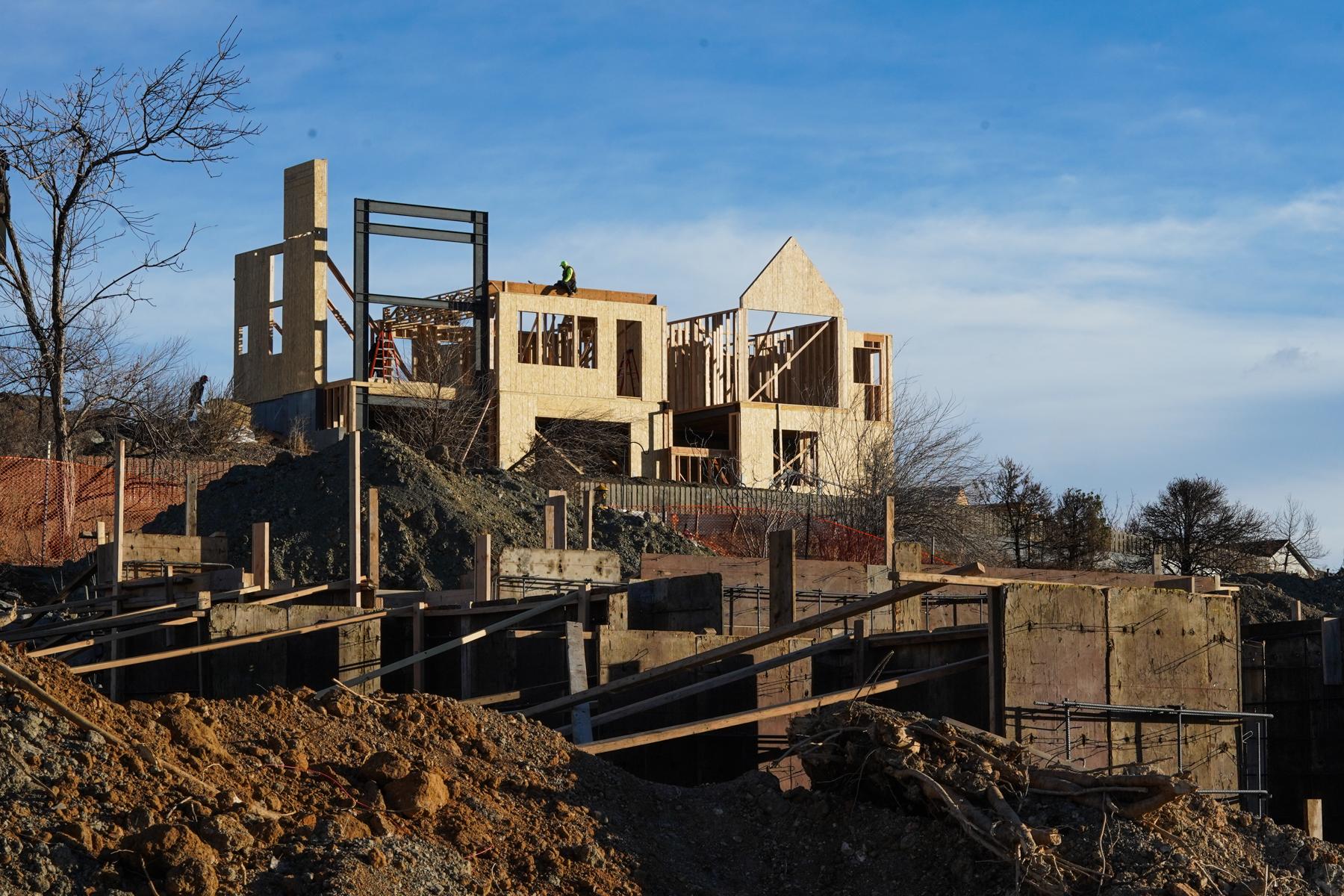
A research paper published this month estimates that underinsured homeowners affected by the Marshall fire were less likely to file rebuilding permits and more likely to sell their damaged properties after the disaster.
Underinsurance, or not having enough coverage to fully rebuild a home after disasters, is a common problem. Most homeowners, however, believe they have enough coverage to rebuild after catastrophes, according to a 2020 home insurance survey.
The paper analyzed coverage amounts, state insurance data and permits from 24 insurers and nearly 5000 policyholders who filed claims after the fire.
The paper estimated that 74 percent of policyholders affected by the Marshall fire were underinsured, and 36 percent were severely underinsured, meaning their coverage would cover less than three-quarters of the cost to rebuild.
“If you're looking at a market where it costs a million to rebuild, that's about a quarter million that people have to come up with through other sources,” said Tony Cookson, a CU Boulder business school professor and co-author of the paper.
“Most households can't do that,” he said.
Underinsurance, according to the paper, can begin unraveling a community as it’s trying to recover from a disaster.
“The concern for communities about underinsurance is that you want people to rebuild. You want the community to exist,” said Philip Mulder, a University of Wisconsin-Madison professor and co-author. “The concern is that people might not be able to without adequate insurance.”
Underinsurance reduced the number of rebuilding permits filed in Boulder County within one year of the fire by 25 percent, and was a contributing factor in over 50 percent of destroyed home sales 18 months after the fire, according to estimates from the paper.
“ That tells us two things: you're going to have these vacant lots sitting longer and you're also going to have more turnover in the housing market,” Mulder said.
Some policyholders had been uninsured for decades, beginning when they first bought coverage and continuing even though insurance companies update coverage limits over time.
The wealth of a homeowner, the age of a policy, rebuilding cost increases during covid, and whether homeowners periodically upped their coverage did not fully explain underinsurance.
Instead, a policyholder’s insurance company is “the most important predictor” of whether they are underinsured, according to the paper.
The research suggests that insurance companies with more policies in the area, and those that have been writing coverage for longer, tend to better estimate rebuilding costs.
For consumers, the paper’s authors suggest that homeowners may be shopping for the lowest possible “headline” premium when comparing insurance quotes. But a cheaper premium may not always provide enough coverage to rebuild one’s home.
“People aren’t professional builders,” Mulder said. “People don’t realize that suggested coverage limits are varying a lot across insurers, and that it’s not actually enough to rebuild their homes.”
The paper coins a new term called “coverage neglect” to describe how this happens. Homeowners are sensitive to the price of a premium, but they may not realize that they are comparing different levels of coverage.
Cookson, who fled the fire with his family, upped his own home insurance afterwards and found comparison shopping difficult.
“The number the insurance company is quoting me doesn’t provide me with full insurance — that realization isn’t very natural for most households to have,” Cookson said.
Insurers and builders often estimate rebuilding costs using a software called RSMeans, which some consumer advocates say may underestimate the true replacement cost of a home, if it’s not coupled with a detailed home inspection.
Mulder and Cookson said better tools to help consumers shop could help ease underinsurance.
“Maybe we need to provide more information that allows [homeowners] to make choices in a way that’s in their best interest,” Cookson said. “When you shop now, it’s not salient how you compare two different policies that offer different coverage.”
The research builds on a preliminary analysis released by state insurance regulators in 2022, which showed that around two-thirds of homes destroyed in the fire were underinsured.
That year, state lawmakers raised homeowners coverage levels, and in 2023, passed legislation directing insurance regulators to detail rebuilding costs in an annual report. The first report is scheduled to be published in April 2025.
“It’s a concerning reality that most homeowners are underinsured, and only adds to the pain when tragedy strikes,” said state senator Dylan Roberts, D-Frisco, who sponsored the underinsurance reporting bill.
“We still have more to do to make sure insurance is accessible and affordable,” he said.

